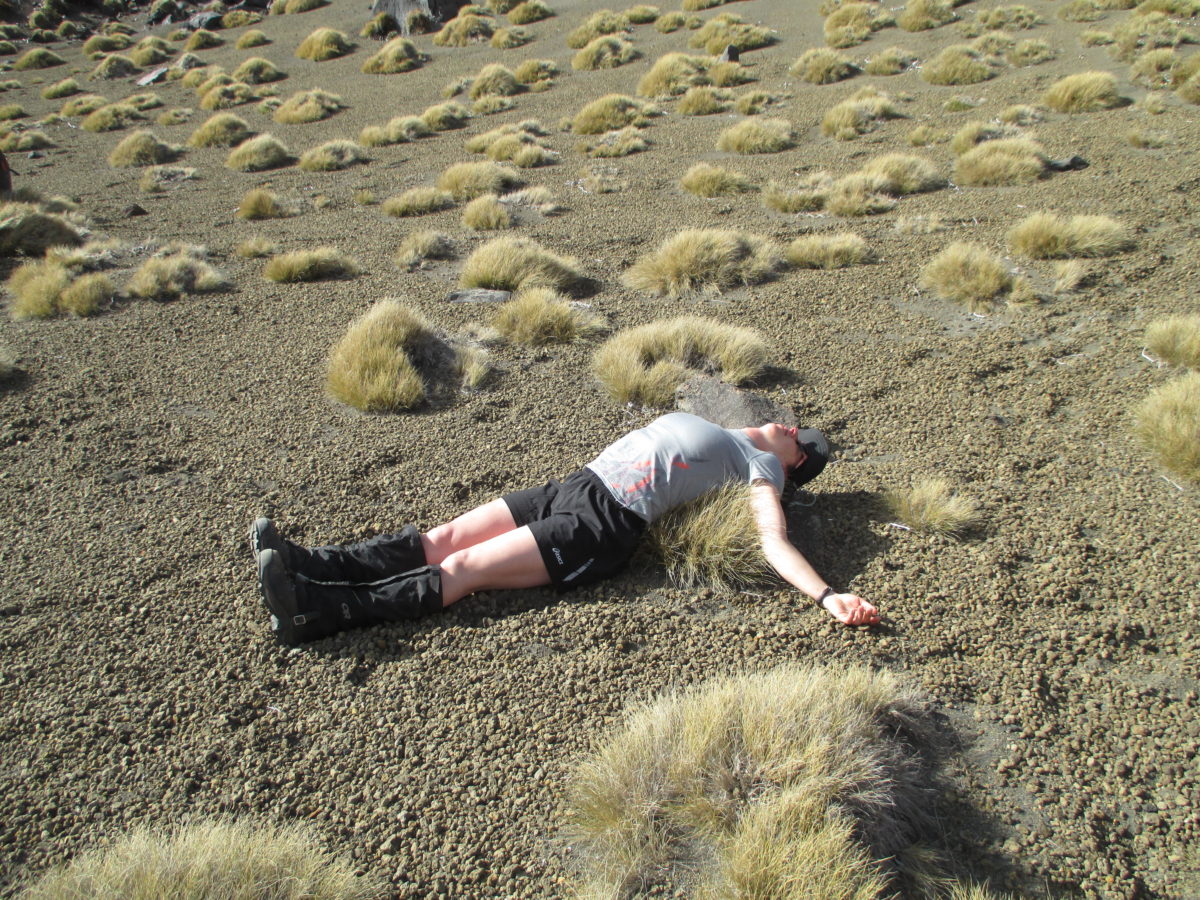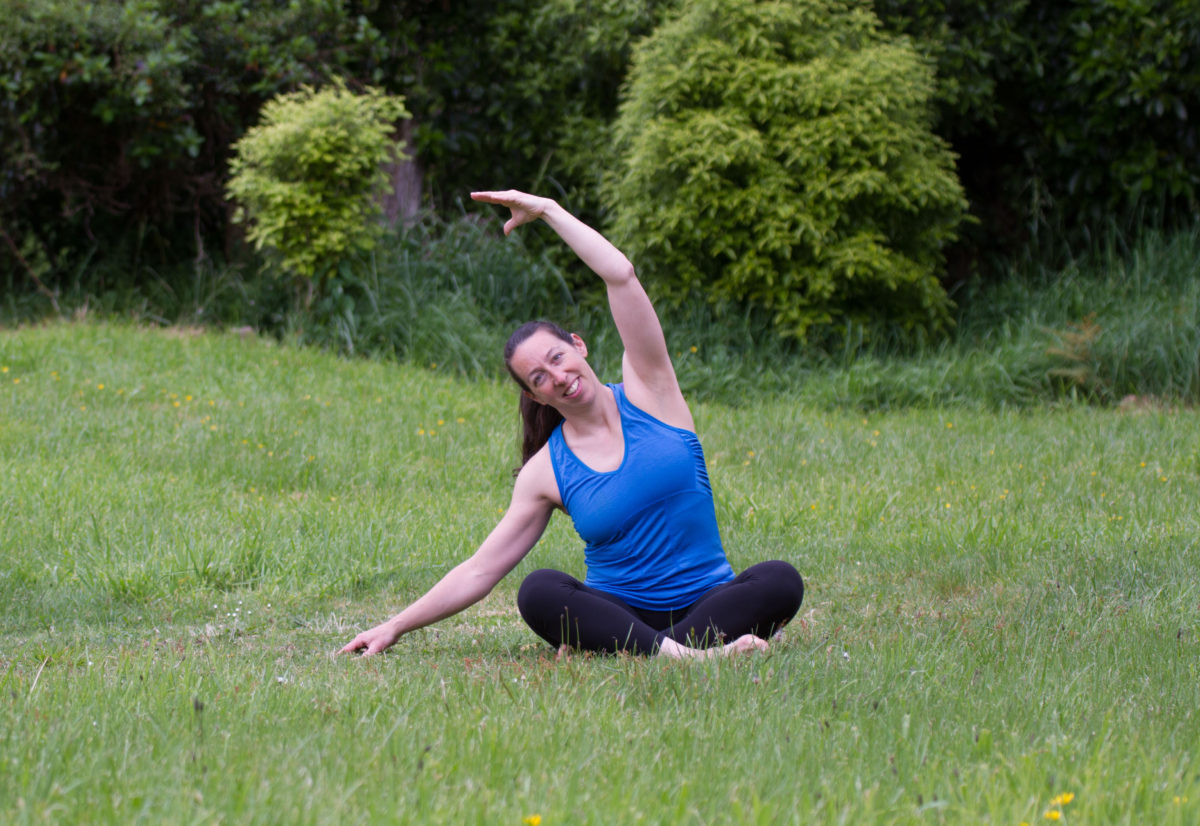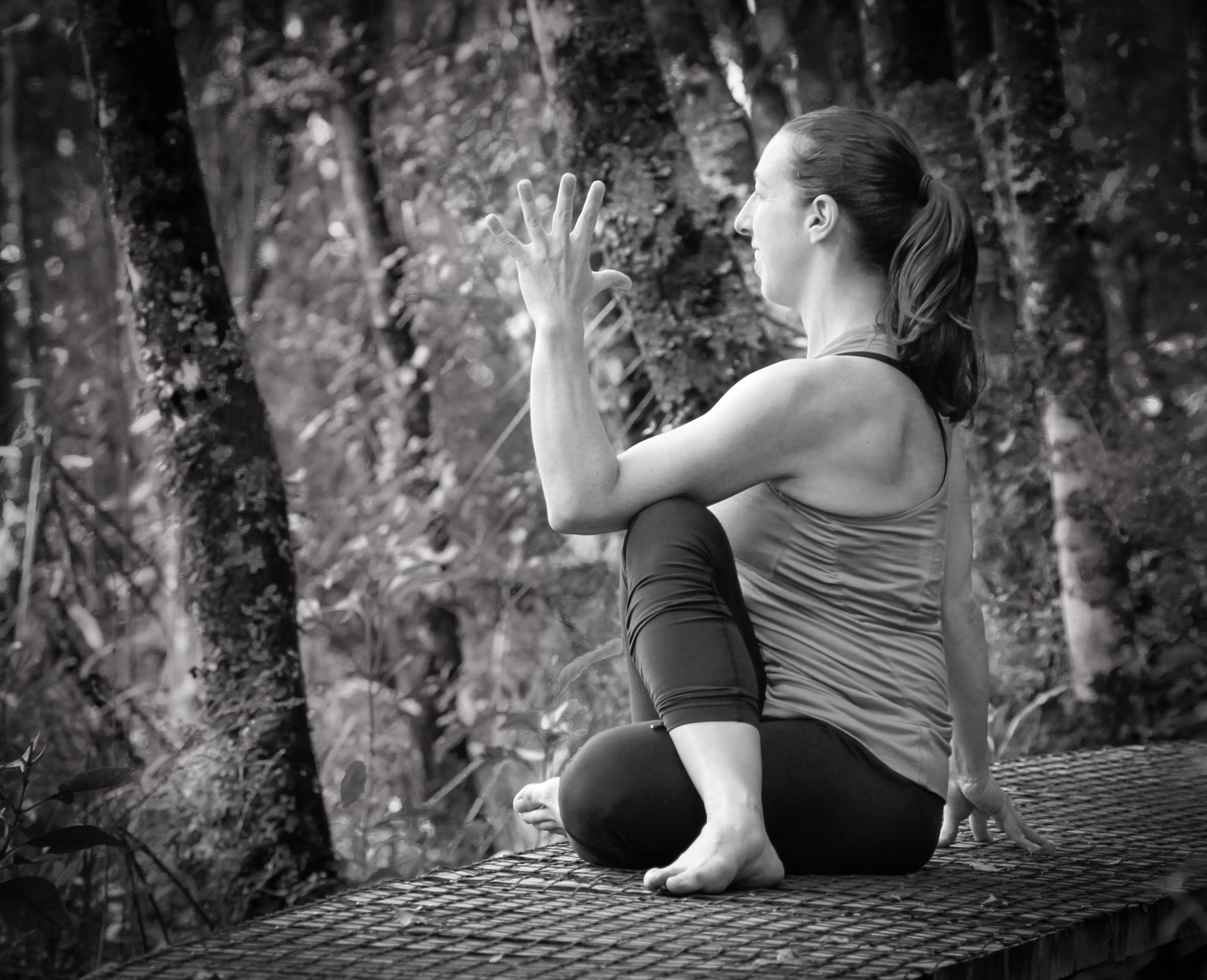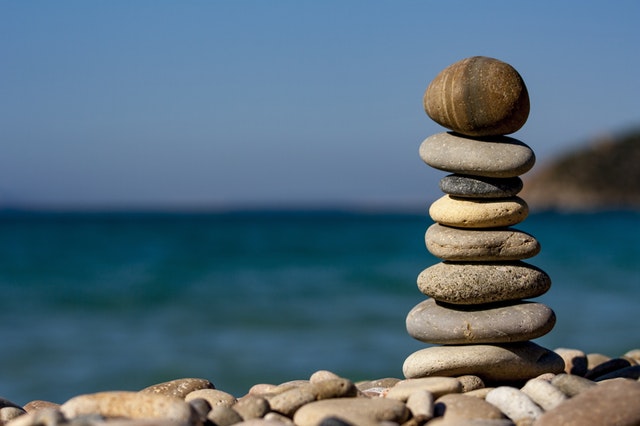With the changes last year, I started offering a 30 minute online yoga class on Friday mornings. It was borne from my own experiences – I found 30 minutes in the morning was enough and I also found that it was hard to stay connected and engaged online for more than 30 minutes. While I found it easy to adapt to the shorter time, I still try to squeeze in more then time allows. This leads to a shorter time for śavāsana (pronounced shavasana) at the end.
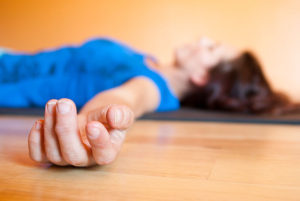
I was talking about this with another yoga teacher, exploring different solutions, and it made me reflect on the purpose of “śavāsana.”
What is śavāsana?
First, let’s start with what śavāsana actually is. Śavāsana is the Sanskrit name for the physical yoga posture (asana), known in English as corpse pose. The Sanskrit word śava means corpse and āsana means posture. One of the earliest written references to the posture from yoga texts is from the 15th-century Hatha Yoga Pradipika which states:
Laying down on the ground, like a corpse, is called Śava-āsana. It removes fatigue and gives rest to the mind.
Hatha Yoga Pradipika, Chapter 1, verse 34 (translated)
And the physical body position is just that – lying down, with legs relaxed out and arms relaxed out to the sides.

It has become somewhat standard for modern postural yoga classes to finish with this posture for several minutes in quiet unguided meditation. So much so, that often the word śavāsana is used to refer to both the body position and the unguided meditation offered at the end of a yoga class. While I haven’t yet found documentation of when/why/how this became standardised in modern yoga classes, several styles of 20th century yoga have incorporated śavāsana at the end of their classes for both meditation and rest after a physical practice.
This made me wonder if the question I was really asking was about the point of unguided meditation at the end of my yoga classes in a relaxing body position.
So what’s the point of the unguided meditation? Many people come to modern yoga classes for the physical benefits along with a general desire to relax or manage stress. Those are definite benefits and good reasons to practice yoga. But there is and can be more. Patanjali’s Yoga Sutras define the purpose of yoga is to still the fluctuations of the mind.
When I did my first teacher training, we were told that the whole purpose of the physical postures or asanas (what we often think of as yoga in modern day) was the meditation at the end. I feel like I heard this even in the classes that I was going to as a student. Specifically, that the purpose of the asanas was to prepare the body to make it easier for us physically to be able to sit or rest, so ultimately we could meditate without the distraction or discomfort of the body.
Personally, I find meditation hard, but not because of discomfort in my body while sitting still. I simply find it hard to stop thinking – to quiet the fluctuations in the mind. That is why I find guided meditations, breath focused meditation and moving meditation (like the physical movements of yoga) work so well. And I have found that after the physical yoga practice, it has been easier to quiet my mind and let my thoughts go – it’s like the previous guided focus sets me up for the unguided focus. For me, that quiet unguided meditation at the end of a yoga class is my weekly invitation to practice stilling the fluctuations of mind.
Over the years, I have found that what individual people seek and gain from yoga is as individual as the person themself. It’s up to you to decide what your purpose is for the unguided meditation.
But what about the physical pose, śavāsana?
Many modern yoga experts espouse the benefits of śavāsana (often referring to it as basic relaxation pose). They highlight that the pose IS more than a relaxing body position. For example Dr. Timothy McCall writes:
In Savasana, you are not spacing out, you are turning in with evermore subtlety to what is going on . This is a sattvic, or clear, state of mind.”
Yoga as Medicine: The Yogic Prescription for Health and Healing by Timothy McCall (page 59)
Expert restorative yoga teacher, Judith Lasater writes:
In short, Basic Relaxation Pose [savasana] and the other restorative poses cultivate the habit of attention. You learn to identify how and where you hold tension and consciously release it. You discover a clear space from which to make life choices. Through restorative poses, you come into harmony with your body’s natural rhythms. Living by these rhythms is the key to good health.
Relax and Renew: Restful Yoga for Stressful Times By Judith Hanson Lasater, PH.D., PT (page 23-24)
For other perspectives on the purpose and benefits of śavāsana see the Yoga International article by Amber Burke on Exploring—and Amplifying—the Benefits of Savasana.
And I’ll leave you with two thoughts. Judith Lasater says that śavāsana should be at least 15 minutes, because that’s how long it takes a body on an average to reach physiological relaxation after a typical physical yoga practice. And lastly, sometimes people can’t help but fall asleep in śavāsana at the end of my yoga classes. Don’t feel bad if that’s you. While the point is of course to be awake and mindful, you shouldn’t feel guilty if you fall asleep. If you can fall asleep in under 5 minutes in a room full of people after a physical practice lying on a hard wood floor, you might need more sleep then you’re getting or you might be more fatigued then you realise – there’s value in that observation too.

